 A new paper finds that our journalists are constantly hedging on a scientifically settled issue- considerable more so than reporters in Spain by Chris Mooney on June 3, 2014
A new paper finds that our journalists are constantly hedging on a scientifically settled issue- considerable more so than reporters in Spain by Chris Mooney on June 3, 2014
It’s no secret that different countries have different densities, so to speak, of global warming denial. In particular, English-language speaking nations like the US and the UK tend to be relative denialist hotbeds, and their media include a considerable amount of global warming skepticism. By contrast, media researchers have found that in Spanish-speaking countries like Mexico and Chile, as well as in European nations, journalists tend to cast much less doubt on climate research.
And now, a new paper captures the US media’s relative discomfort with climate science in a new way: By comparing the preponderance of words that suggest scientific uncertainty about climate change in two US newspapers, the New York Times and the Wall Street Journal, with the concentration in two Spanish ones, El País and El Mundo. The study, by Adriana Bailey and two colleagues at the University of Colorado-Boulder, is just out in the journal Environmental Communication. It finds a considerably greater concentration of such uncertainty-evoking words in the US papers in their 2001 and 2007 coverage of two newly released reports from the United Nations’ Intergovernmental Panel on Climate Change.
The study used a technique of linguistic analysis that involved examining newspaper articles for “epistemic markers,” defined as “any words or expressions suggesting room for doubt” about climate science. Read more…


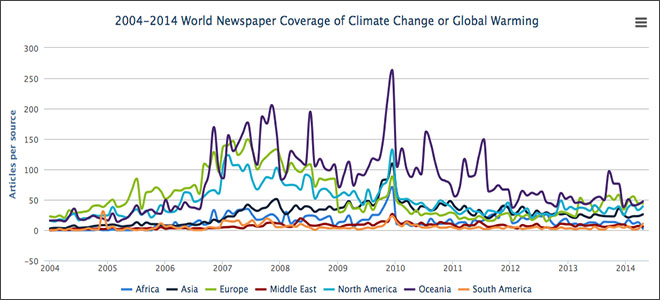
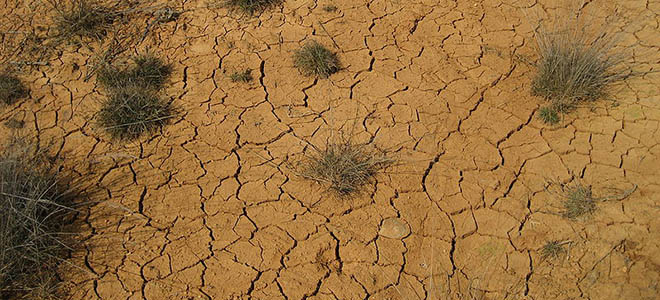

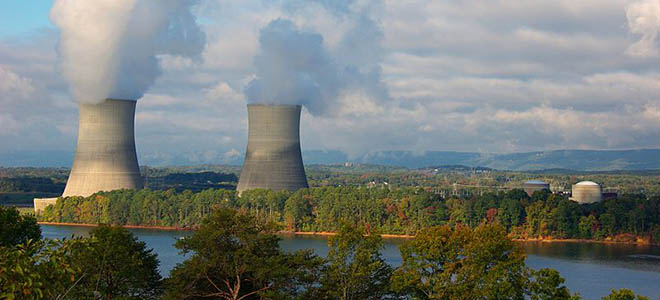
 Roger Pielke Jr. was quoted in May 30th artemis.bm
Roger Pielke Jr. was quoted in May 30th artemis.bm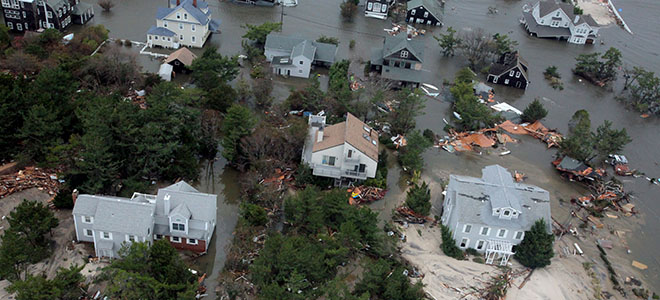


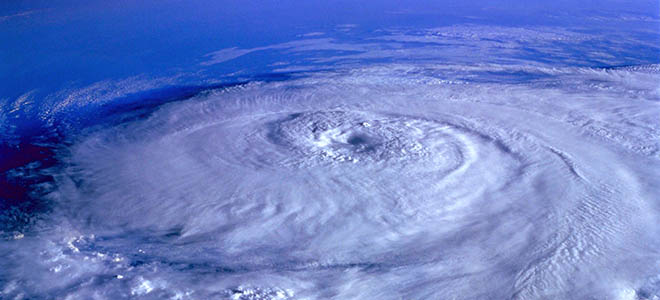 CSTPR’s Roger Pielke, Jr. quoted in a May 14th USA Today article:
CSTPR’s Roger Pielke, Jr. quoted in a May 14th USA Today article: